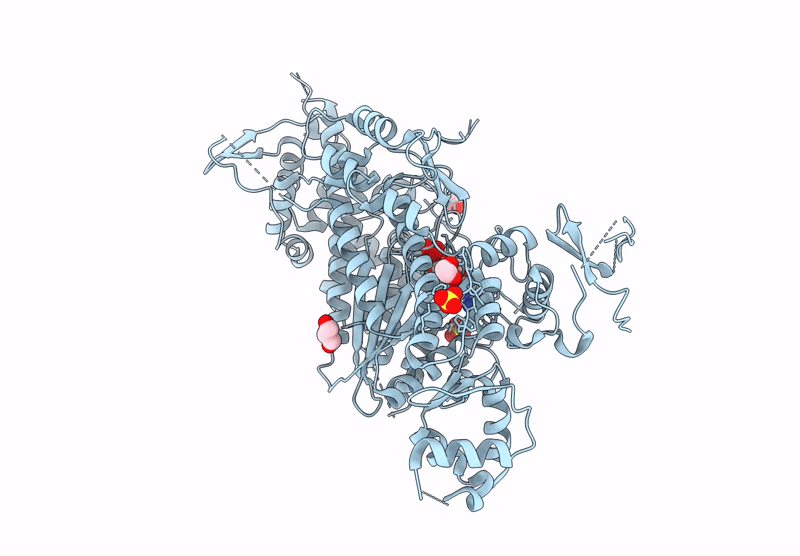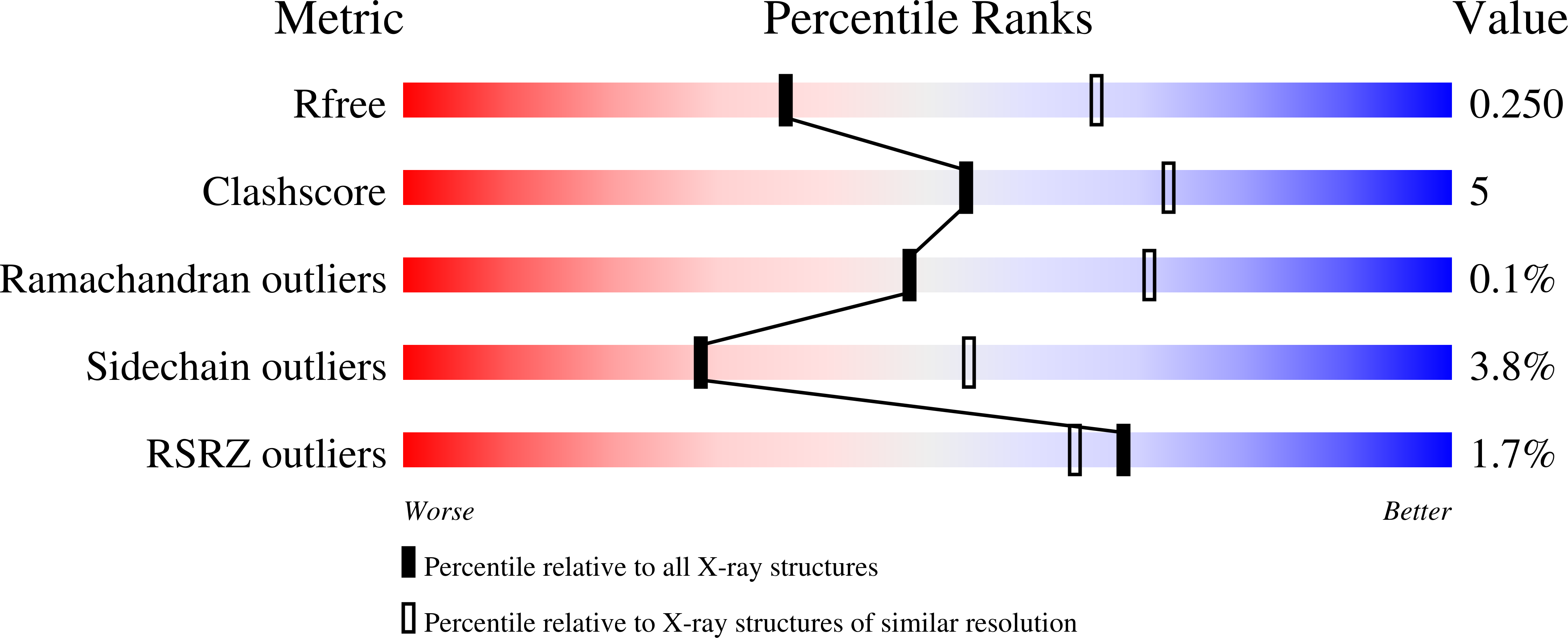
Deposition Date
2025-02-05
Release Date
2025-10-22
Last Version Date
2025-10-22
Entry Detail
PDB ID:
9I8P
Keywords:
Title:
Human beta-cardiac myosin wild type motor domain in the pre-powerstroke state, MgADP.VO4 form
Biological Source:
Source Organism:
Homo sapiens (Taxon ID: 9606)
Host Organism:
Method Details:
Experimental Method:
Resolution:
2.60 Å
R-Value Free:
0.24
R-Value Work:
0.20
R-Value Observed:
0.20
Space Group:
P 43 2 2


